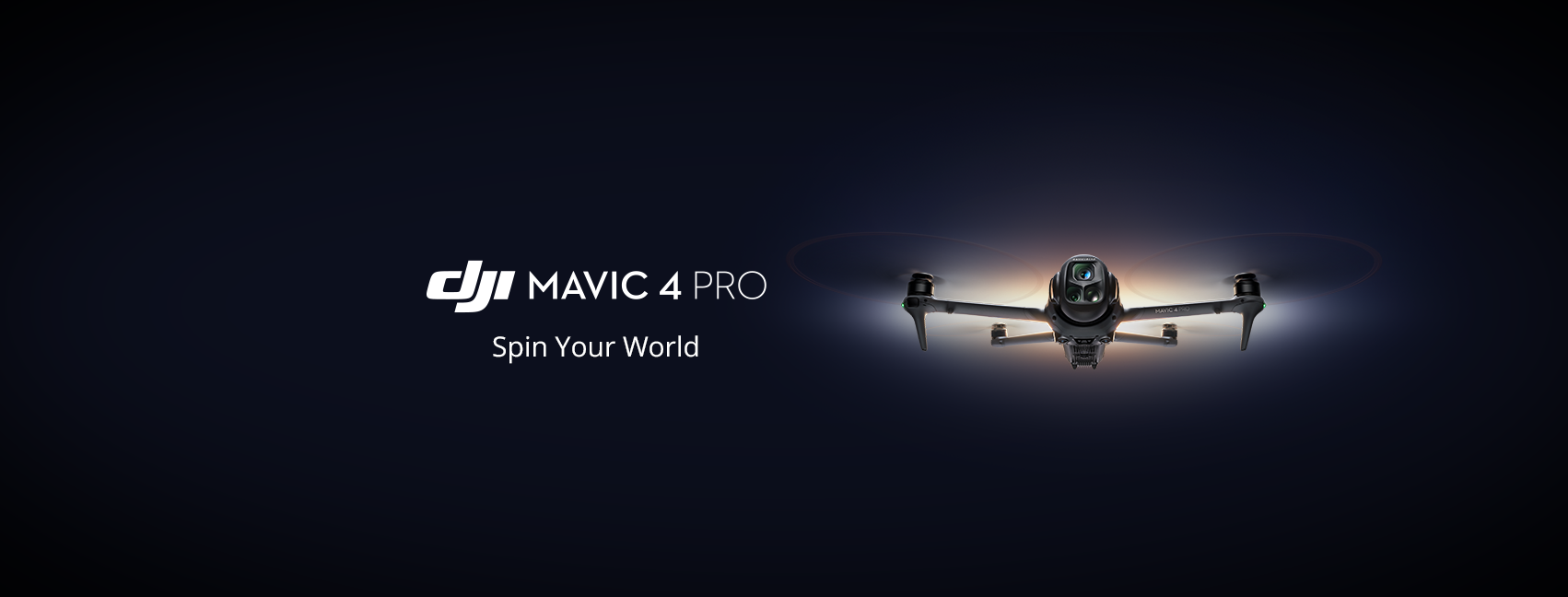DJI Enters Robot Vacuum Market as First Product Launch Looms
Published: May 29, 2025 16:21
Reports indicate that DJI's robot vacuum products have entered mass production, with an anticipated launch in June. Sources confirm that DJI has been developing robot vacuum technology for over four years, with the upcoming product being a hybrid vacuum-mop robotic system.
Industry insiders explain DJI's strategic rationale for entering the robot vacuum sector: the company positions itself as a spatial intelligence pioneer, expanding beyond aerial domains to ground-based applications. While DJI has achieved remarkable success in drones, unmanned aerial vehicles remain largely niche products rather than mass-market consumer goods. As the global drone industry leader, DJI's accumulated expertise in path planning, visual/LiDAR obstacle detection and avoidance, and high-performance motors aligns remarkably well with robot vacuum technical requirements.
These technological synergies provide DJI with a robust foundation for entering the robot vacuum market. The company seeks to democratize its advanced technologies for broader consumer benefit, with robot vacuums representing an ideal application platform. When approached for comment regarding these reports, DJI's official response was simply: "Stay tuned."

source: DJI
Technical Prowess Meets Market Opportunity
Will DJI actually manufacture robot vacuums? As outlined above, significant technical overlap exists between drones and robot vacuums.
Both require precision path planning capabilities. Drones must chart flight trajectories based on preset routes and real-time environmental data, while robot vacuums need intelligent cleaning route optimization to ensure comprehensive coverage without redundant operations.
Visual recognition and obstacle avoidance represents another critical parallel. Drones employ visual recognition systems to detect and navigate around obstacles during flight, while robot vacuums must similarly utilize visual recognition technology to avoid furniture, pets, toys, and other household obstacles.
High-performance motors prove essential for both applications. Drones depend on high-performance motors for stable flight and agile maneuvering, while robot vacuums require them for locomotion and effective cleaning component operation. LiDAR technology features prominently in both systems—drones leverage LiDAR for enhanced environmental perception, while robot vacuums use it to improve environmental detection accuracy, providing more precise data for path planning and obstacle avoidance.
These technological convergences potentially provide DJI with a solid technical foundation for robot vacuum market entry.
From a financial perspective, robot vacuum development represents a capital-intensive endeavor, with R&D investments potentially ranging from hundreds of thousands to millions of dollars. As the drone industry titan, DJI commands nearly 80% of the global consumer drone market share, ranking first among civilian drone manufacturers.
Between 2015-2017, DJI reported revenues of 5.98 billion yuan, 9.78 billion yuan, and 17.57 billion yuan respectively, with net profits of 1.42 billion yuan, 1.93 billion yuan, and 4.3 billion yuan. Subsequently, the company has rarely disclosed financial results publicly.
In September 2023, DJI appeared on the "All-China Federation of Industry and Commerce's Top 500 Chinese Private Enterprises" list, revealing the company's financial trajectory: 2022 operating revenue reached 30.14 billion yuan.
Robot vacuum research, development, and production demand substantial capital investment across technology development, production line construction, and market promotion—areas where DJI's financial capacity remains unquestionable.
Regarding market potential, IDC data shows global smart robot vacuum shipments reached 20.603 million units in 2024, representing 11.2% year-over-year growth, with total sales reaching $9.31 billion—a 19.7% increase. Average unit prices rose 7.6% to $452, reflecting continued premiumization trends.
Fourth-quarter global robot vacuum shipments totaled 5.918 million units, up 7.8% year-over-year, though growth rates moderated compared to the first three quarters.
With leading manufacturers launching flagship products featuring AI navigation and robotic arms in early 2025, the industry is accelerating toward intelligent, integrated solutions. China's robot vacuum market has expanded from 8 billion yuan in 2019 to 16.1 billion yuan in 2024.
Specifically, China's robot vacuum market reached 13.7 billion yuan in 2023, representing over 10% year-over-year growth. In 2024, the market further expanded to 16.1 billion yuan, achieving 17% growth.

source: DJI
Currently, established brands like Ecovacs and Roborock compete intensively, while emerging brands including Dreame and Narwal experience rapid growth. Traditional appliance giants such as Midea and Haier have entered the fray, alongside international brands like iRobot and Dyson maintaining market presence.
Should DJI enter the robot vacuum market, the company could leverage its technological expertise and brand recognition to make a significant impact.
Ultimately, facing the allure of a multi-billion-dollar market opportunity, few companies could resist claiming their share.
DJI's potential robot vacuum entry warrants close attention regarding competitive pressure on established leaders like Ecovacs and Roborock.
